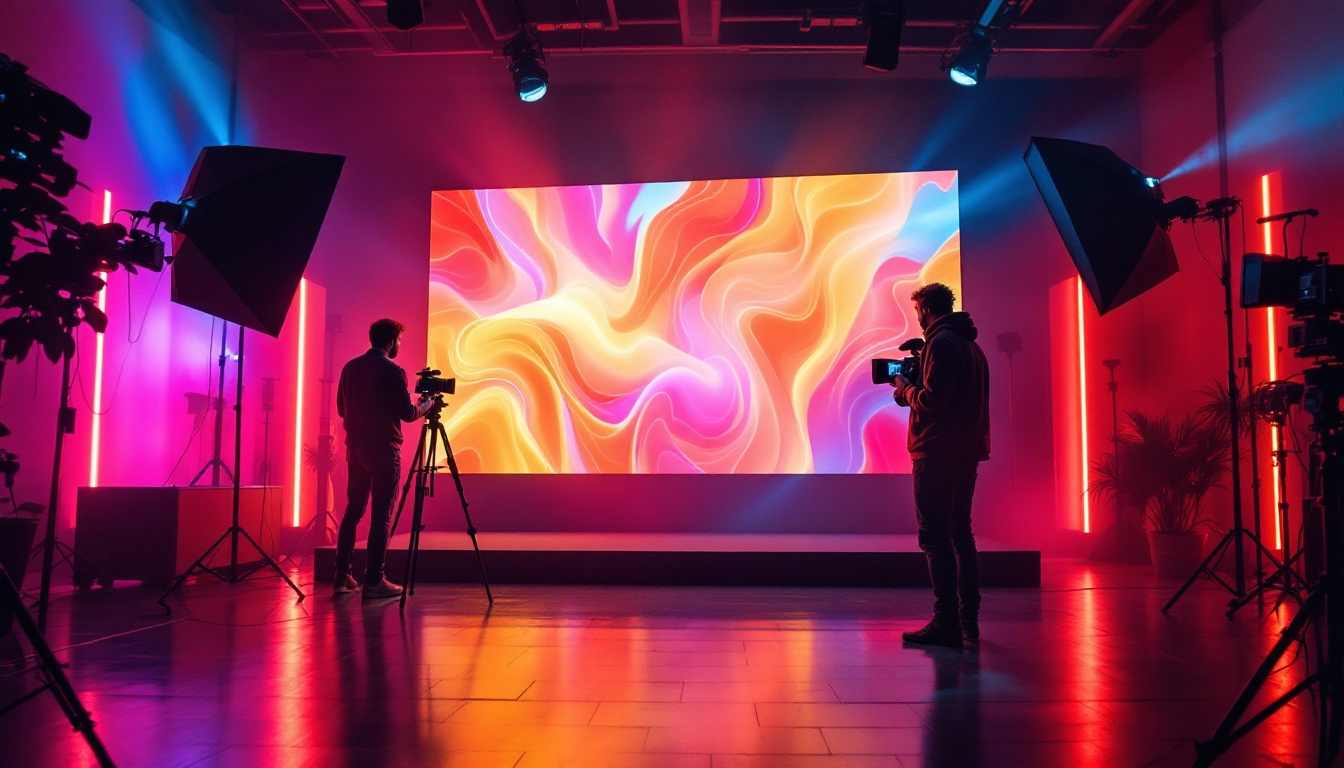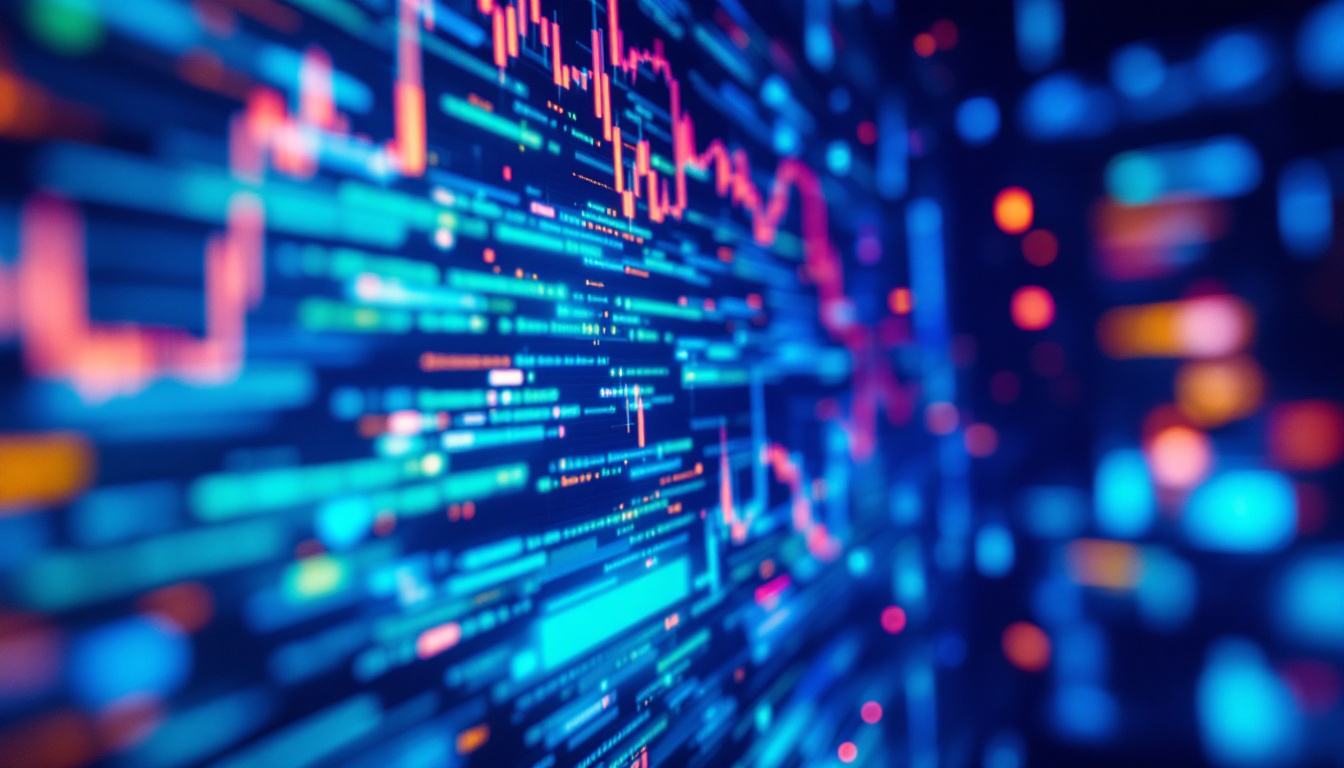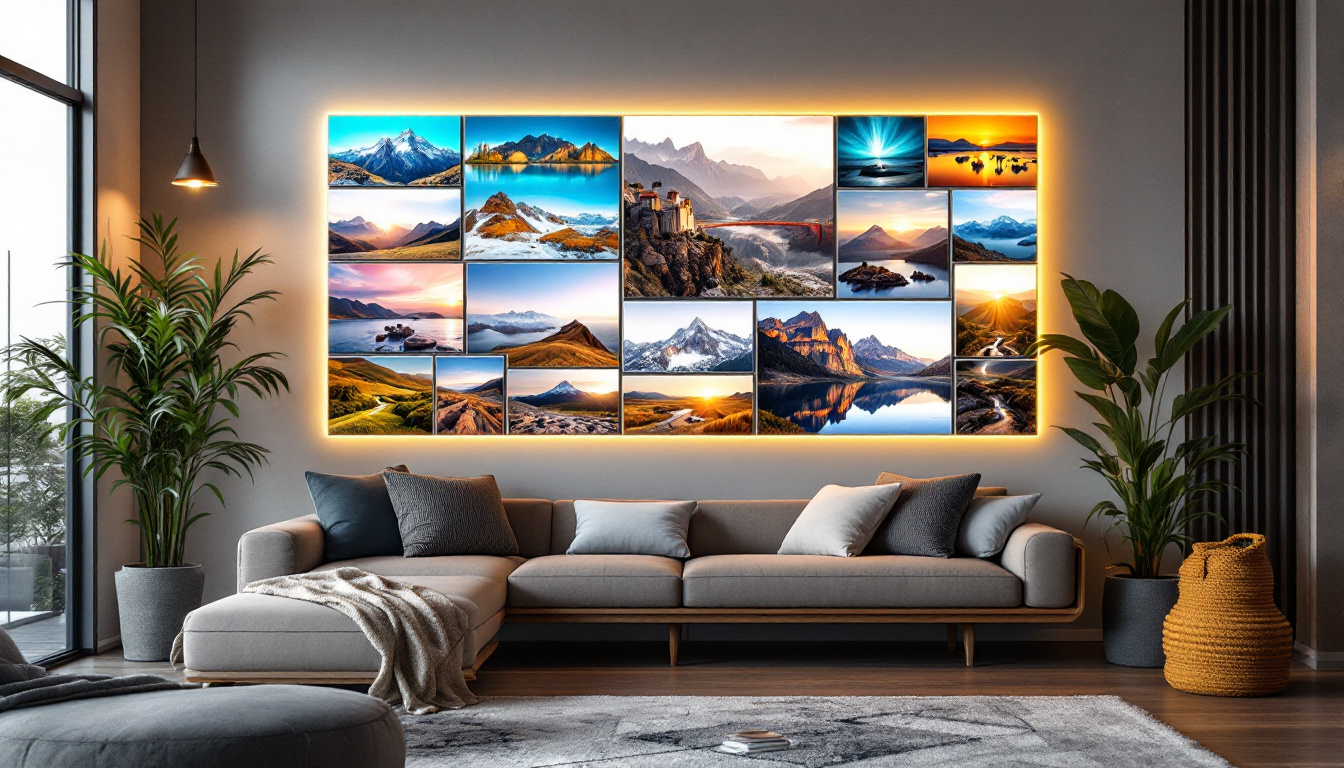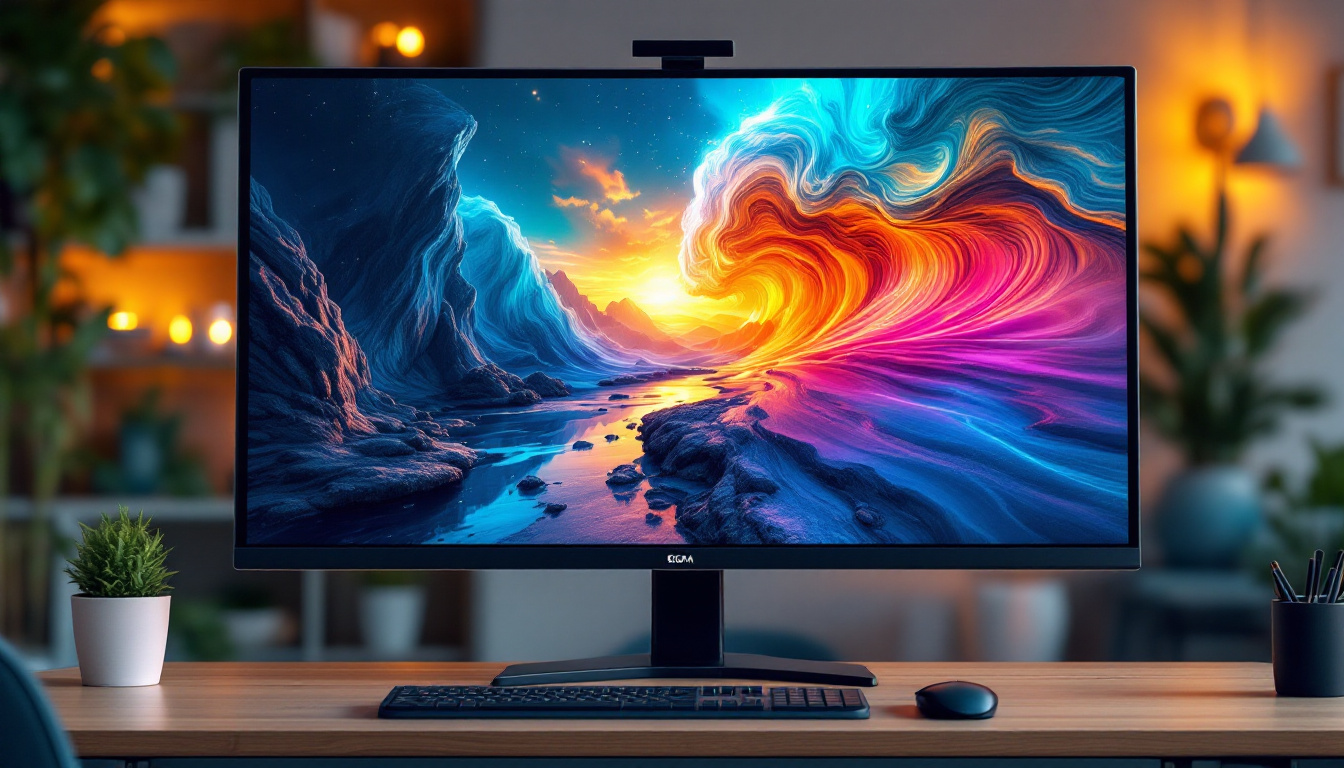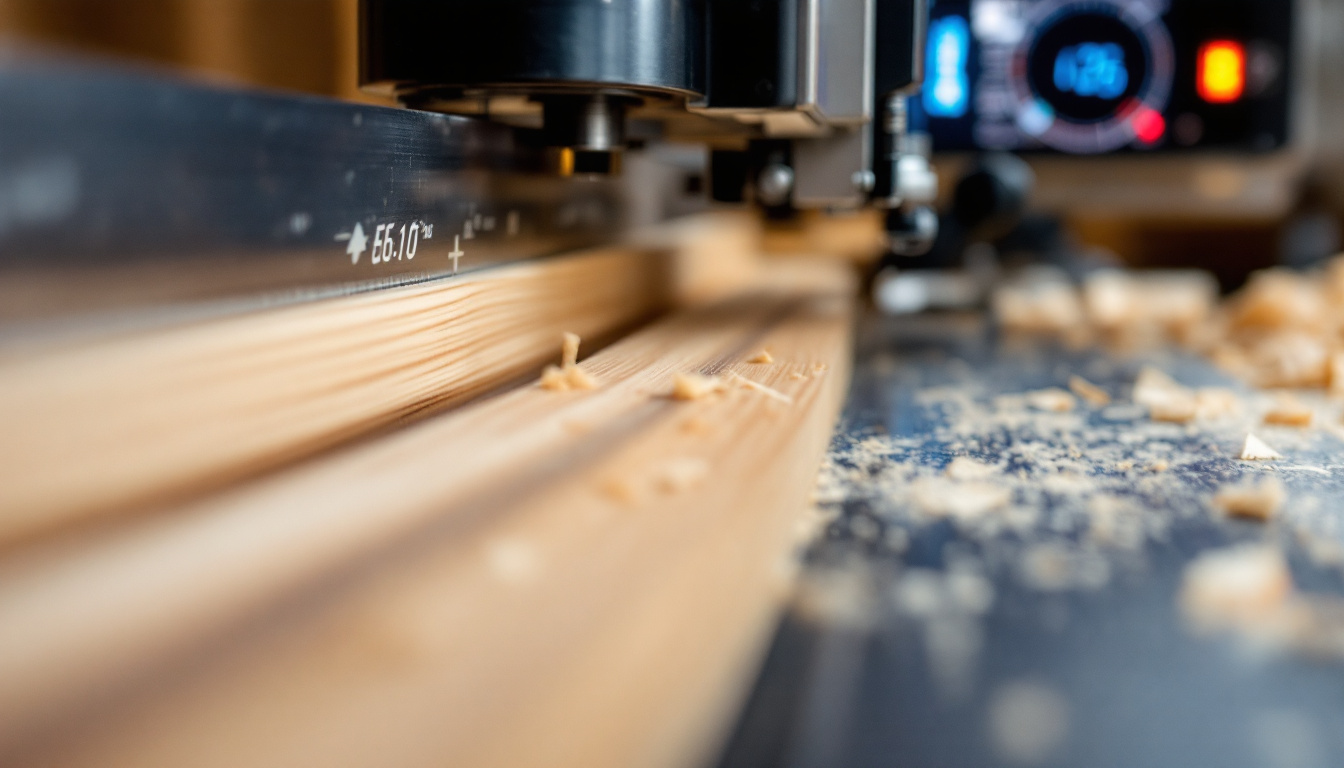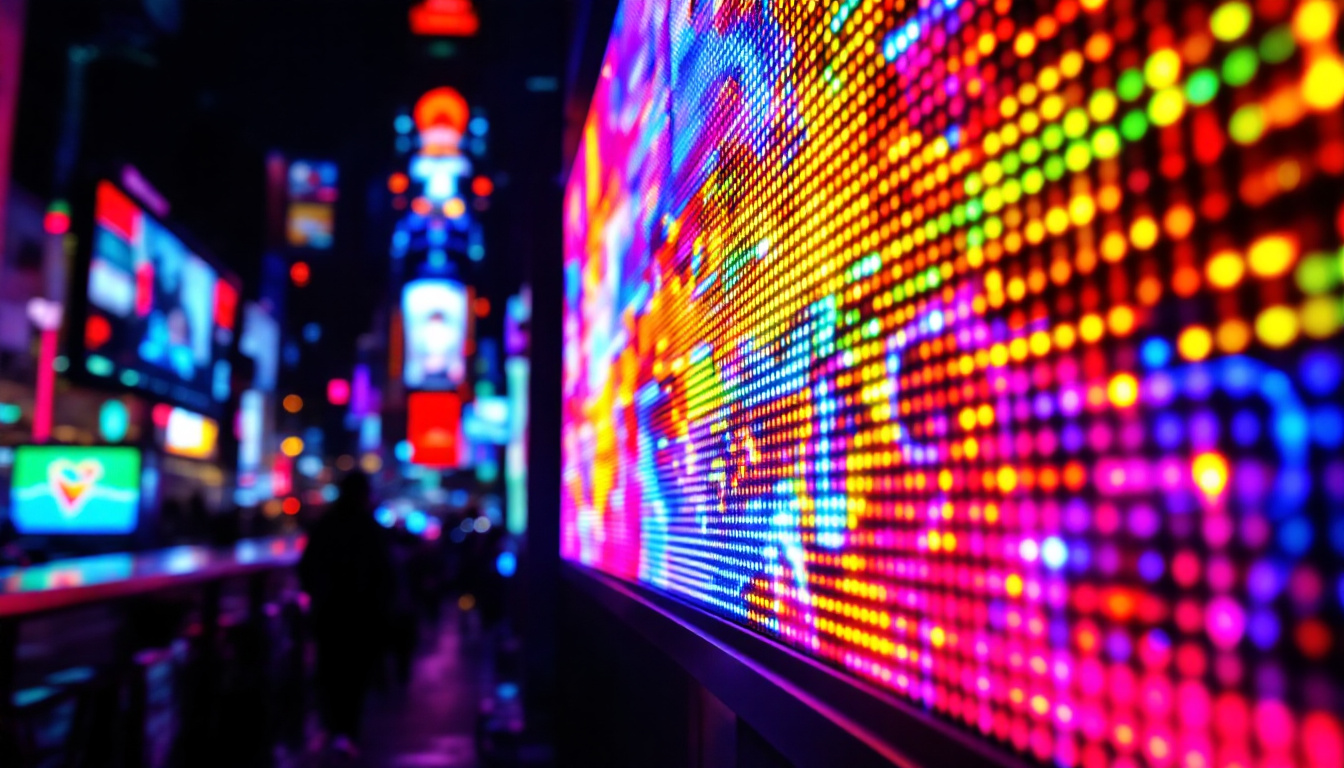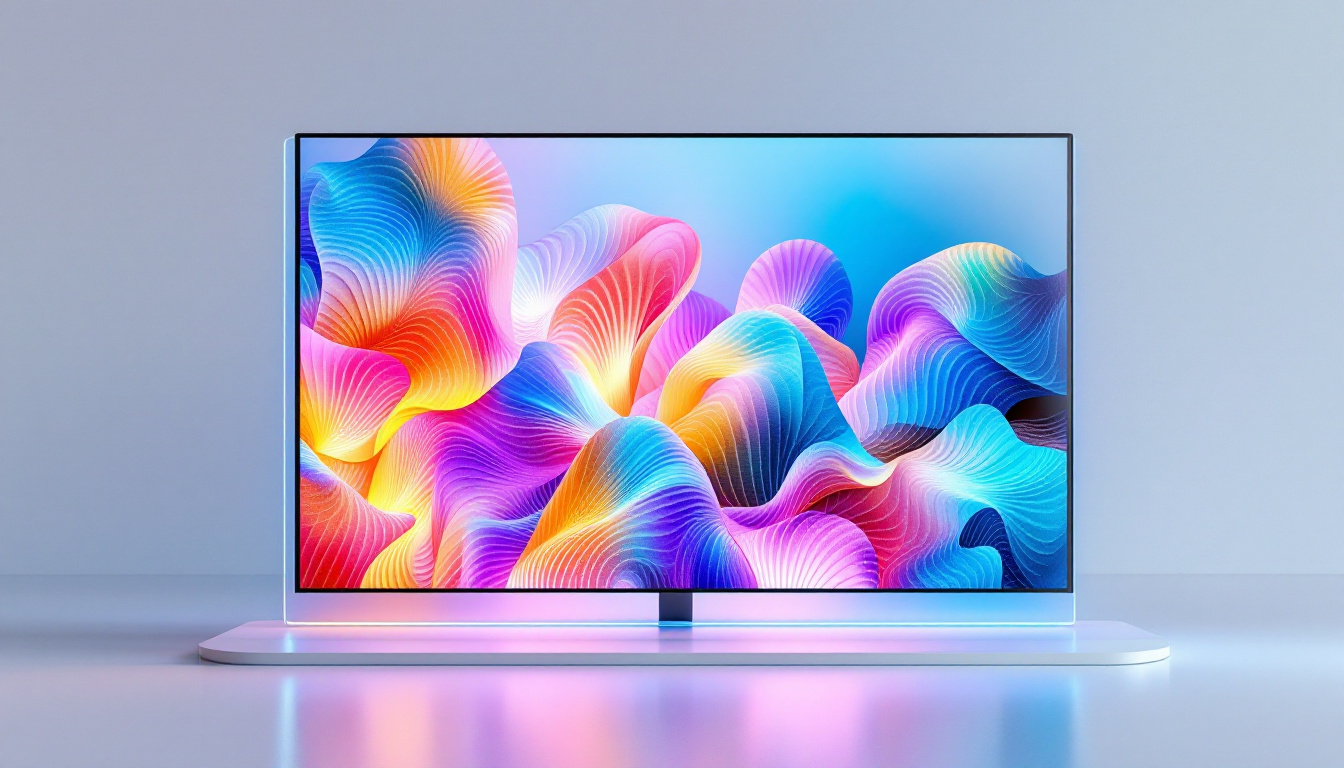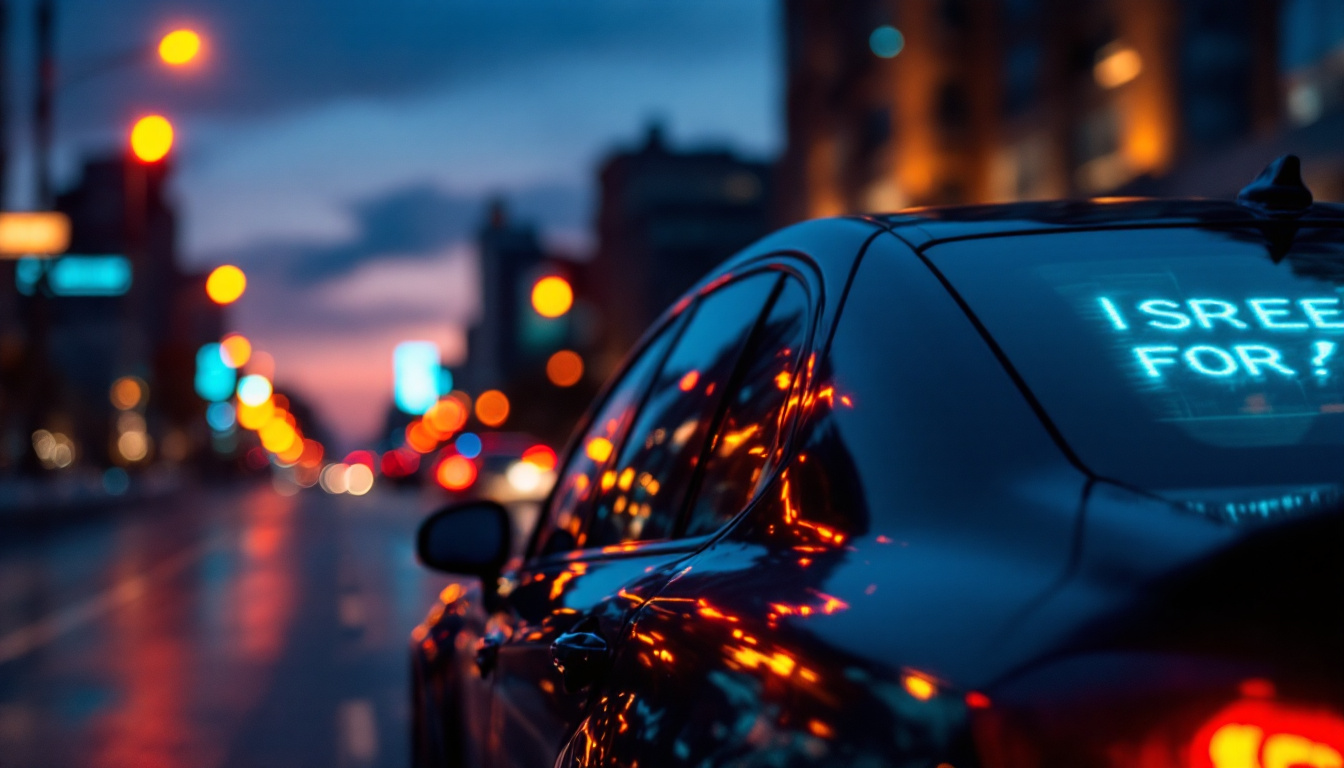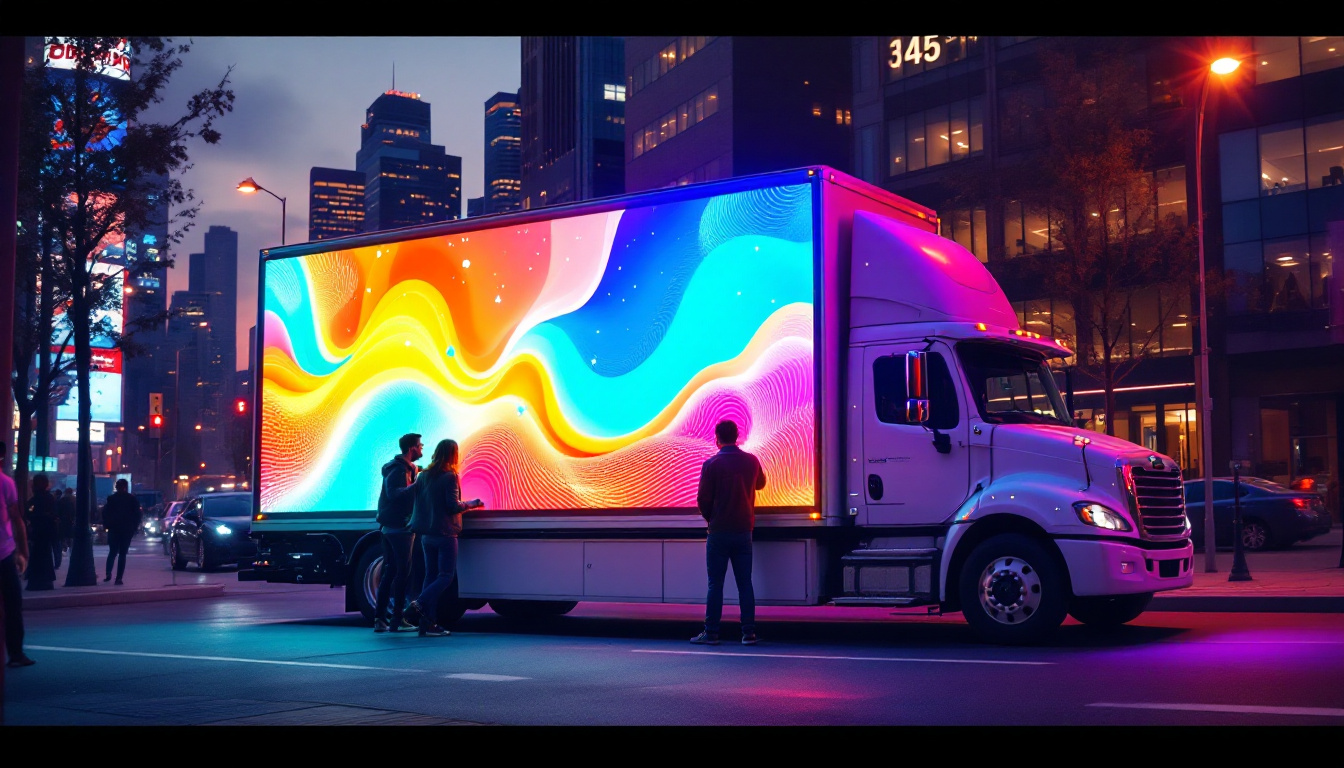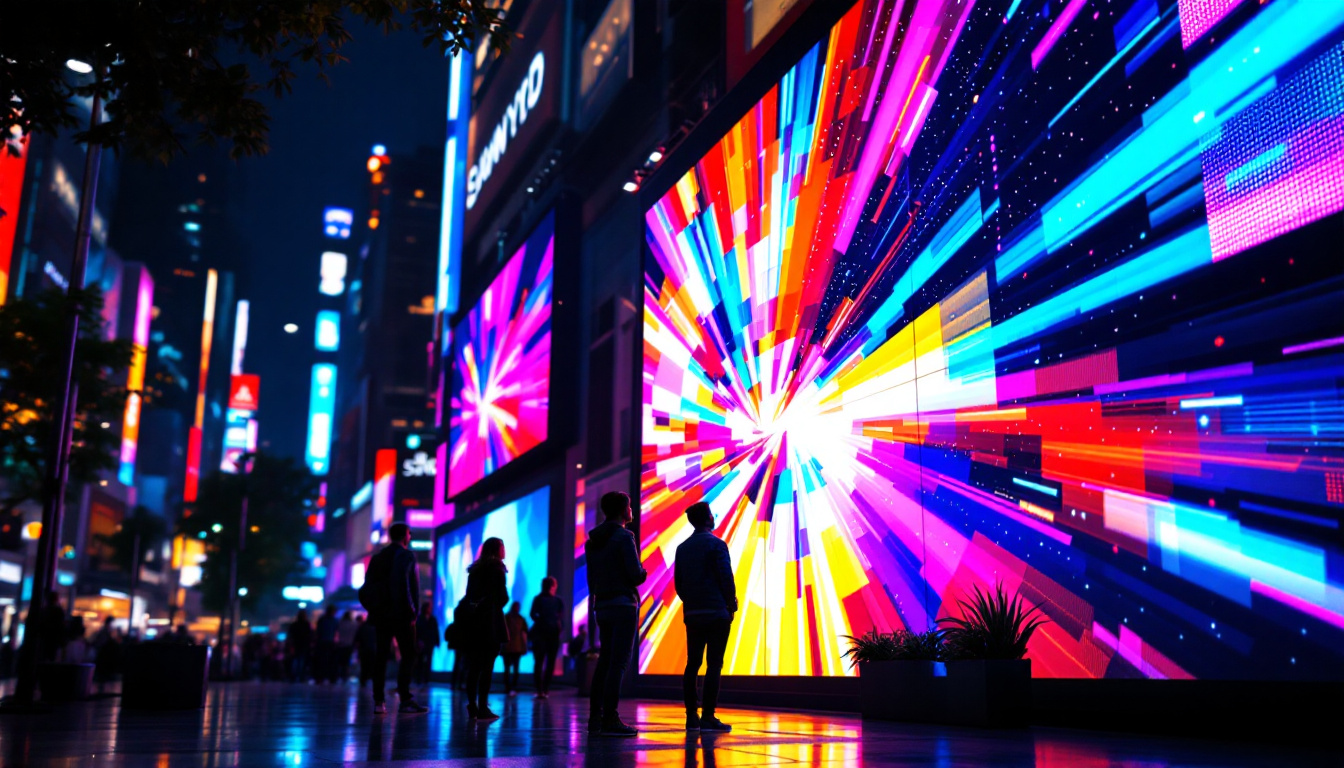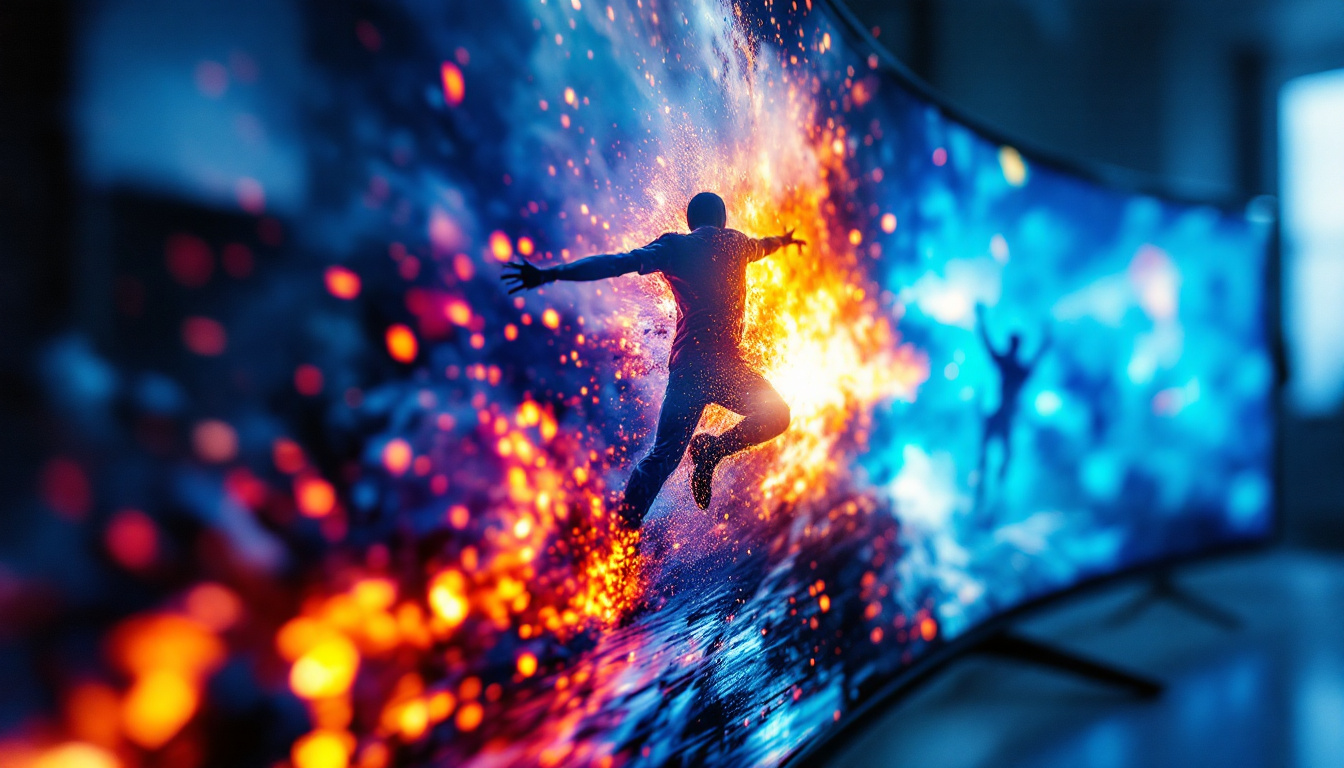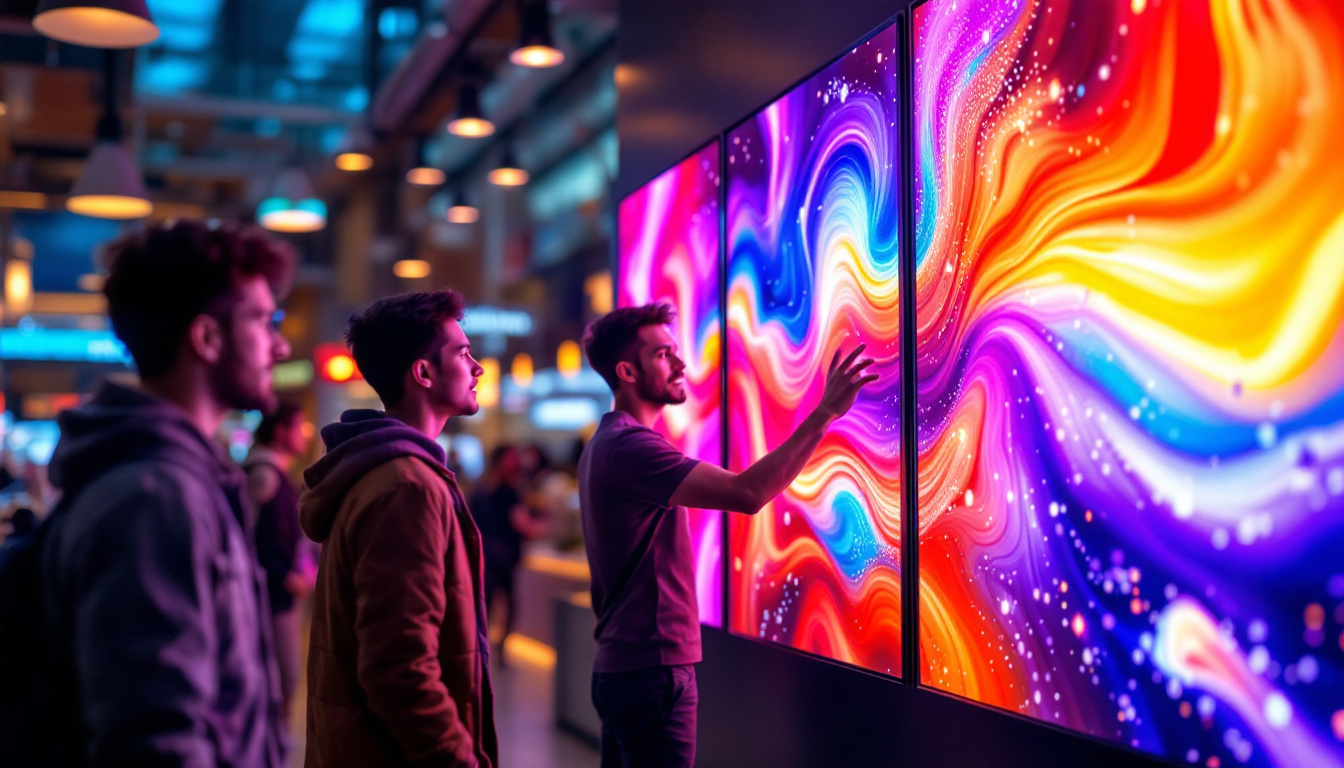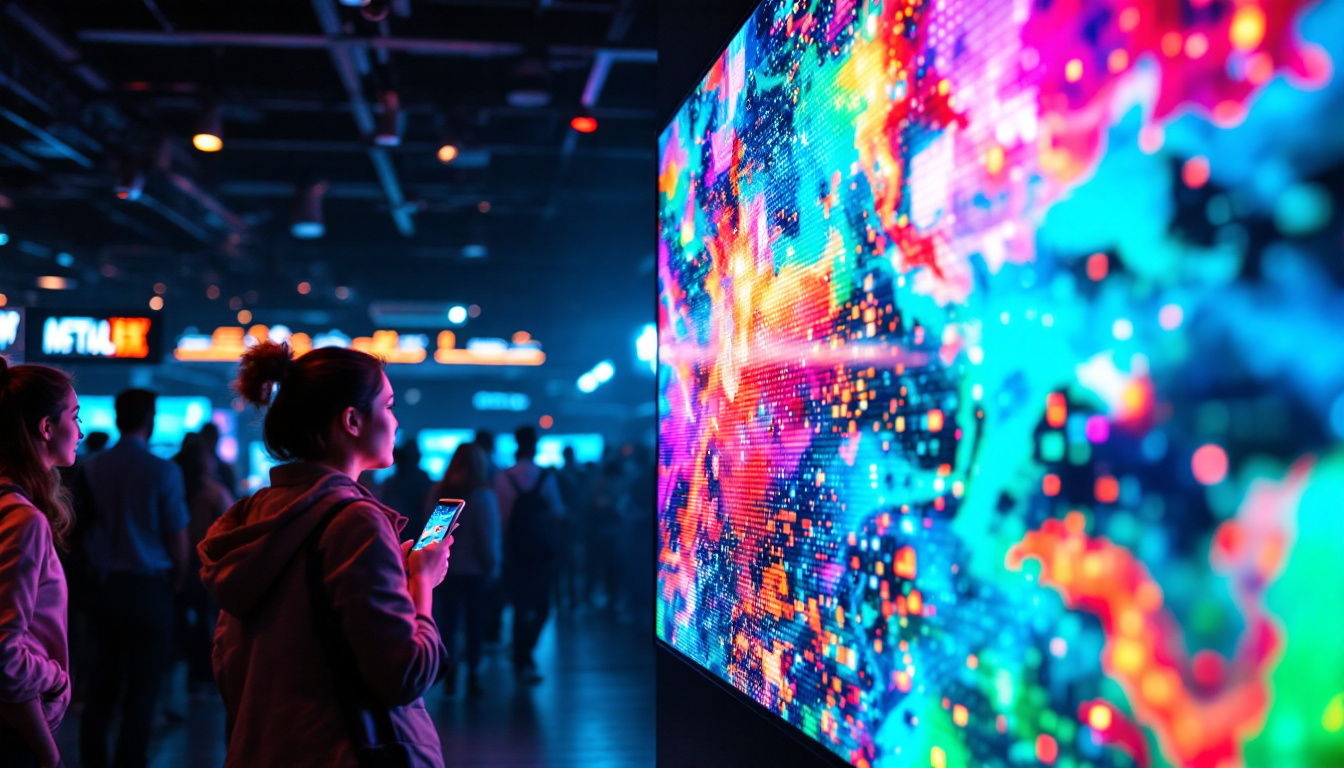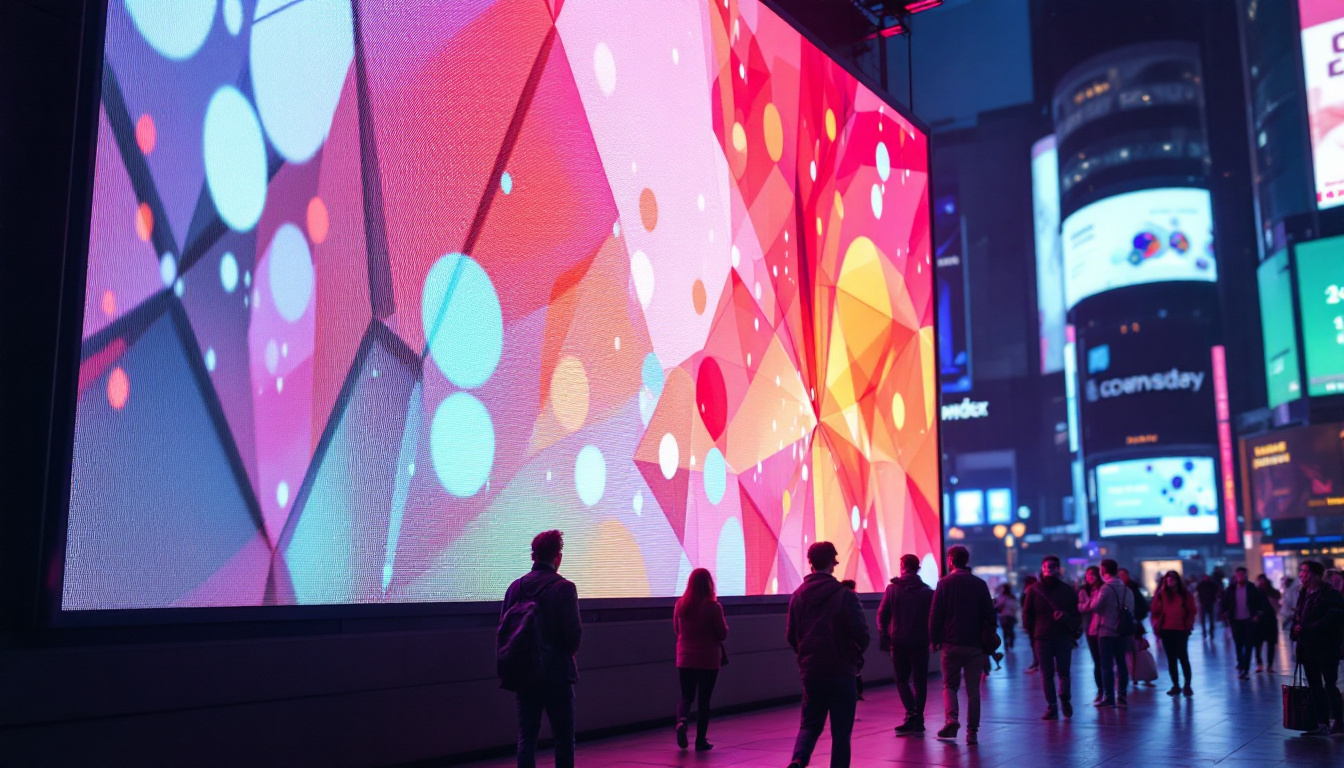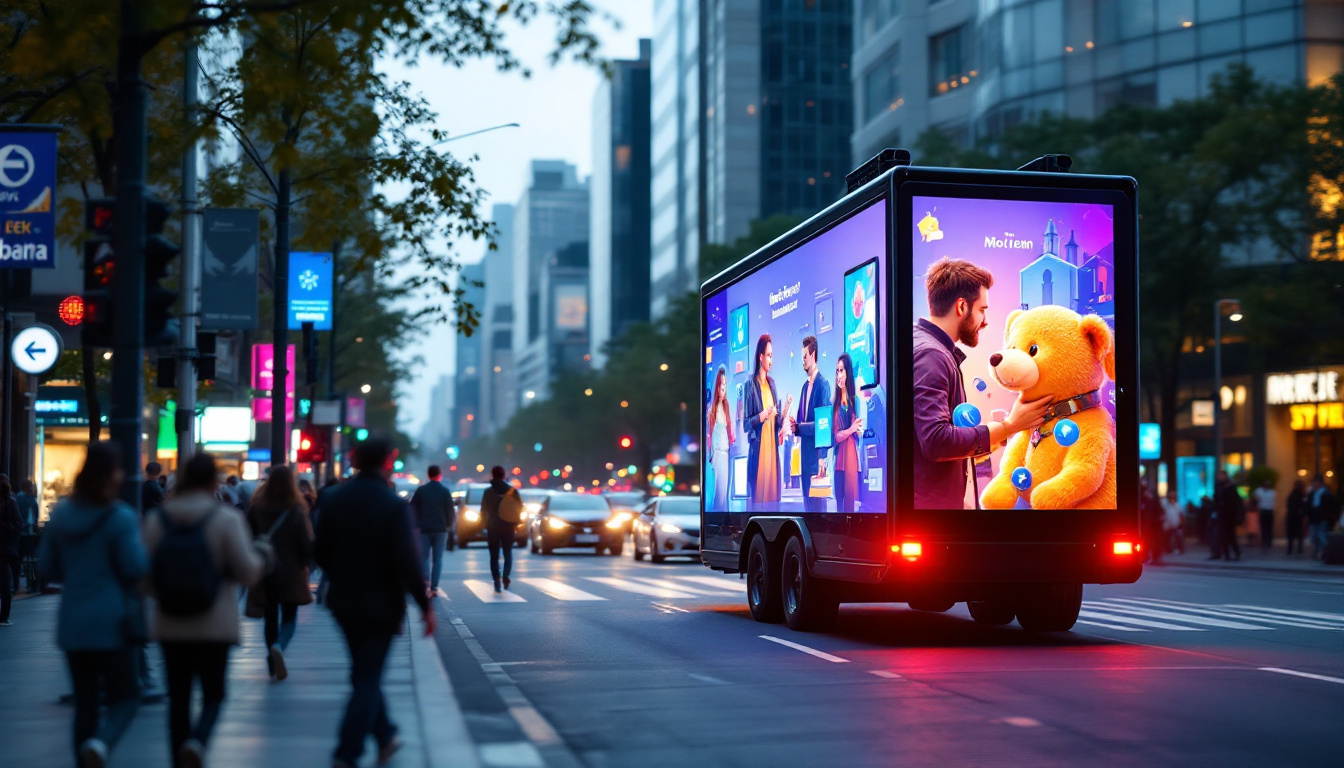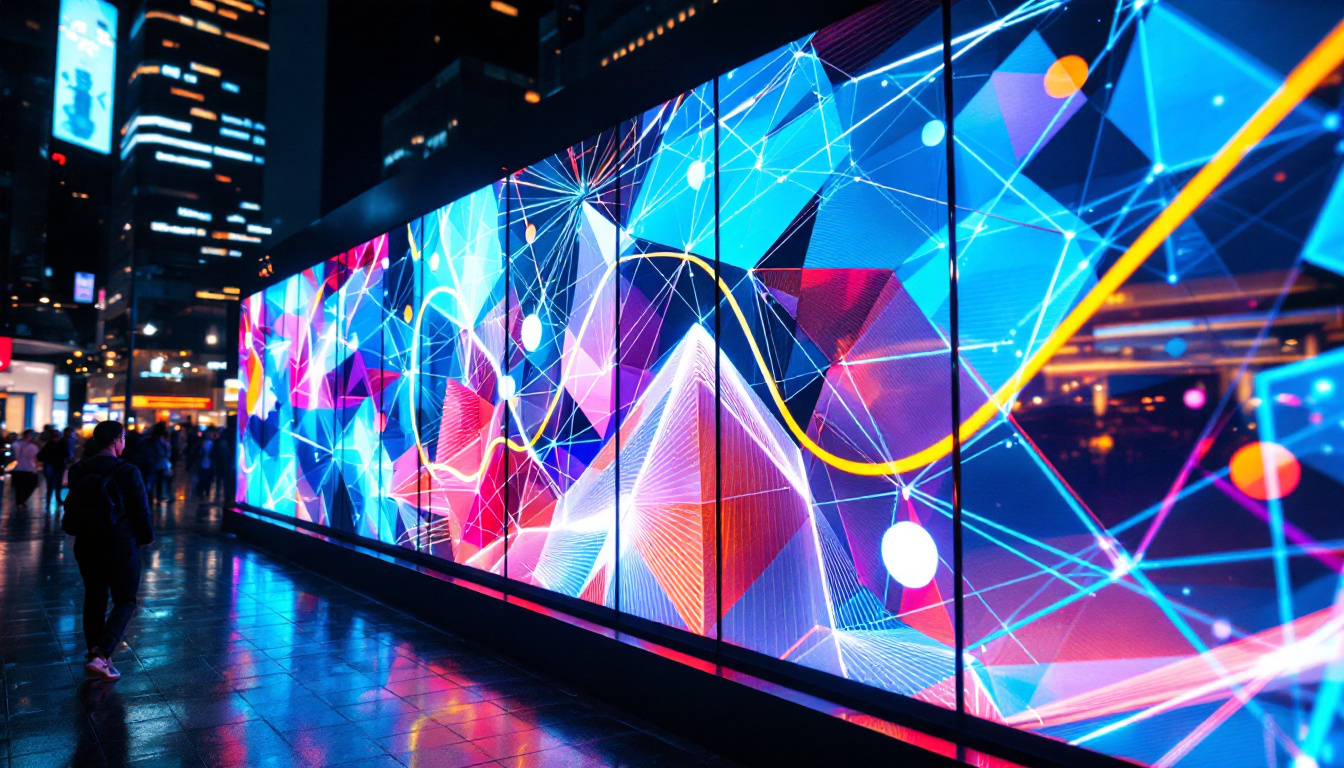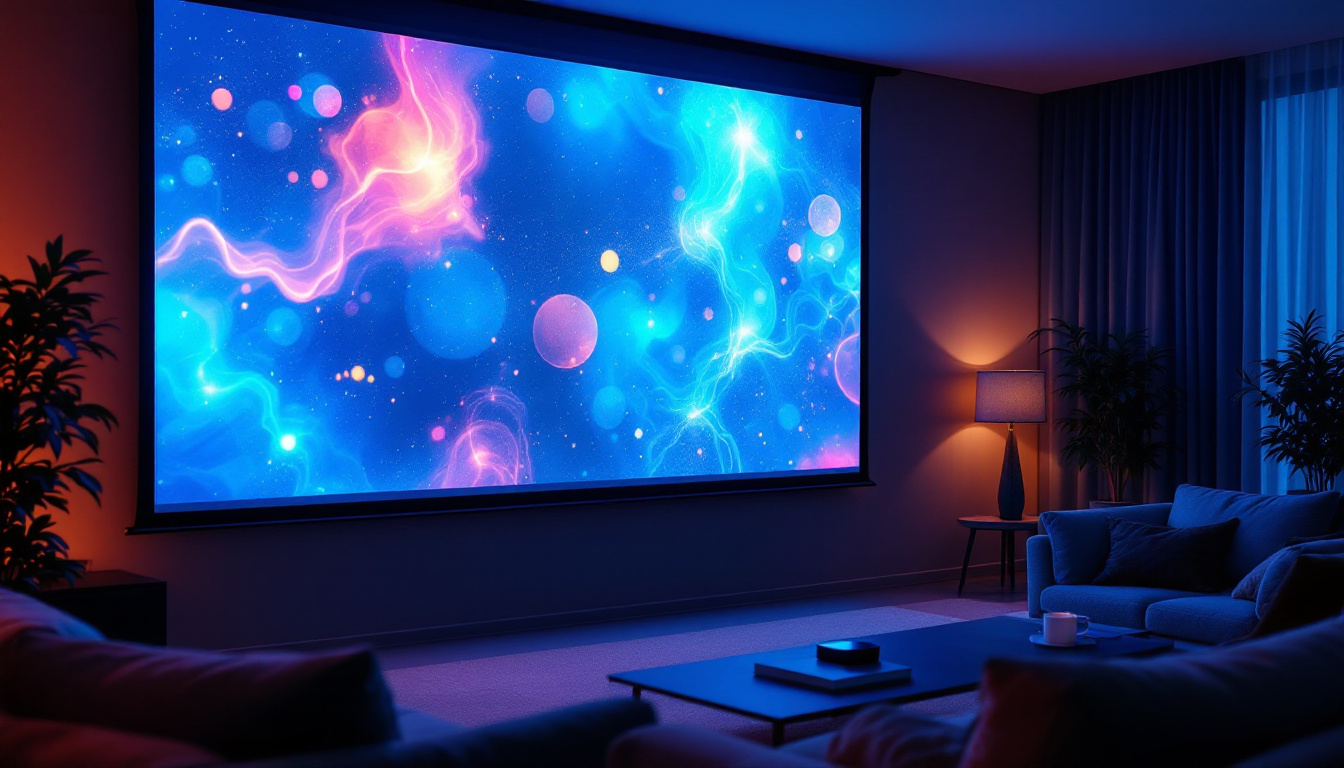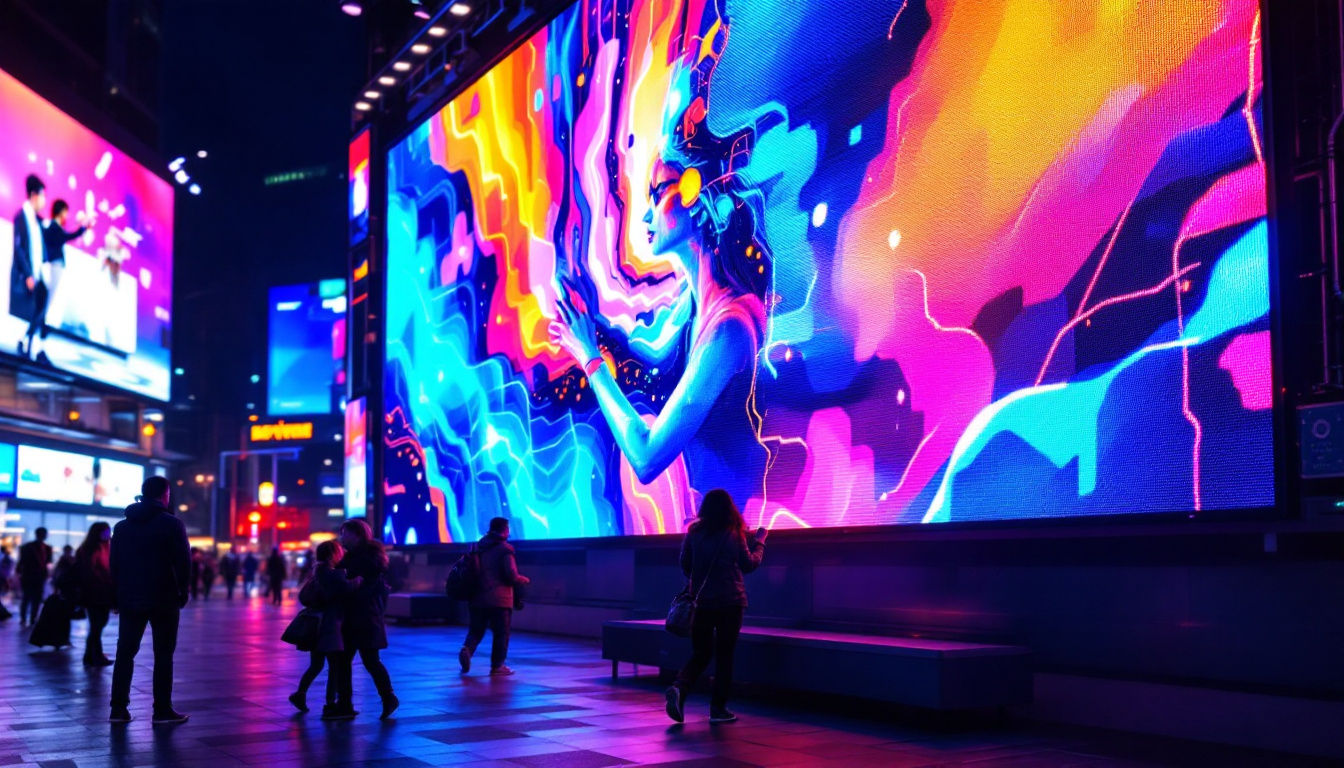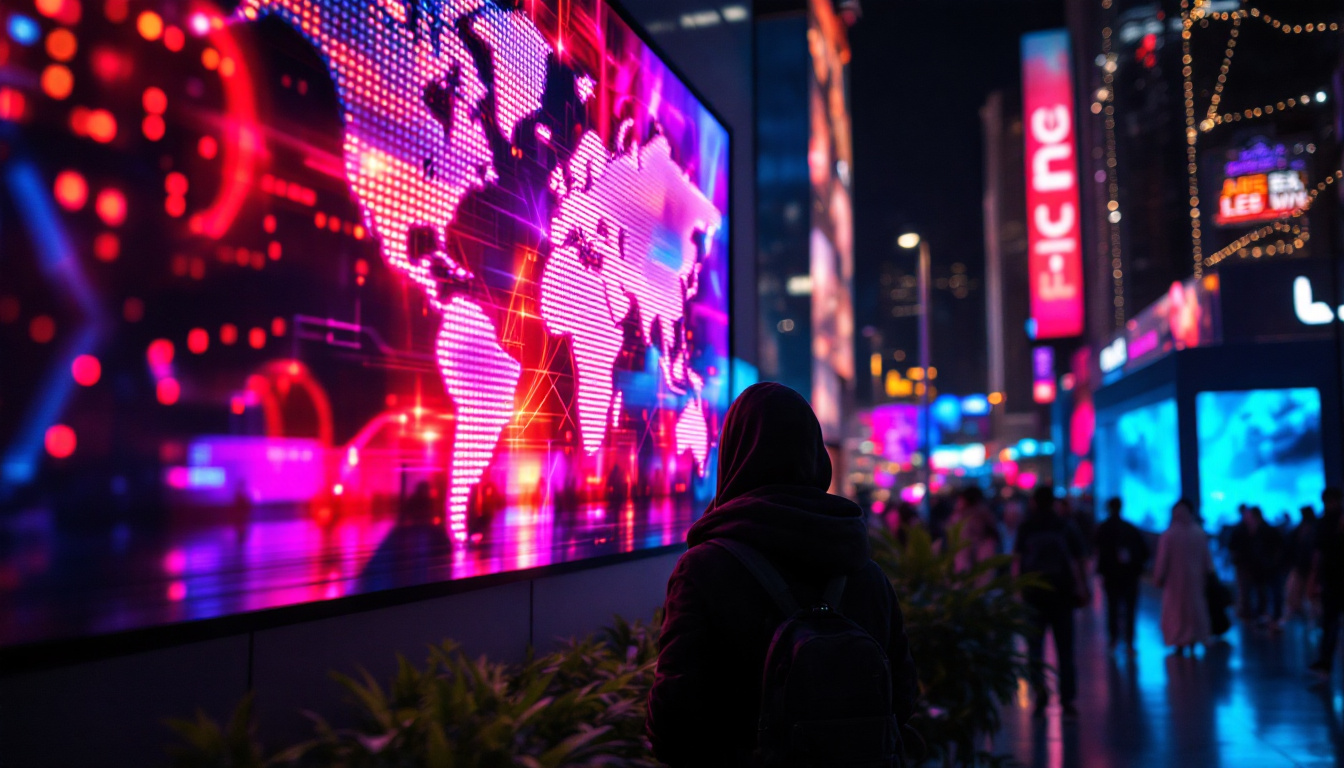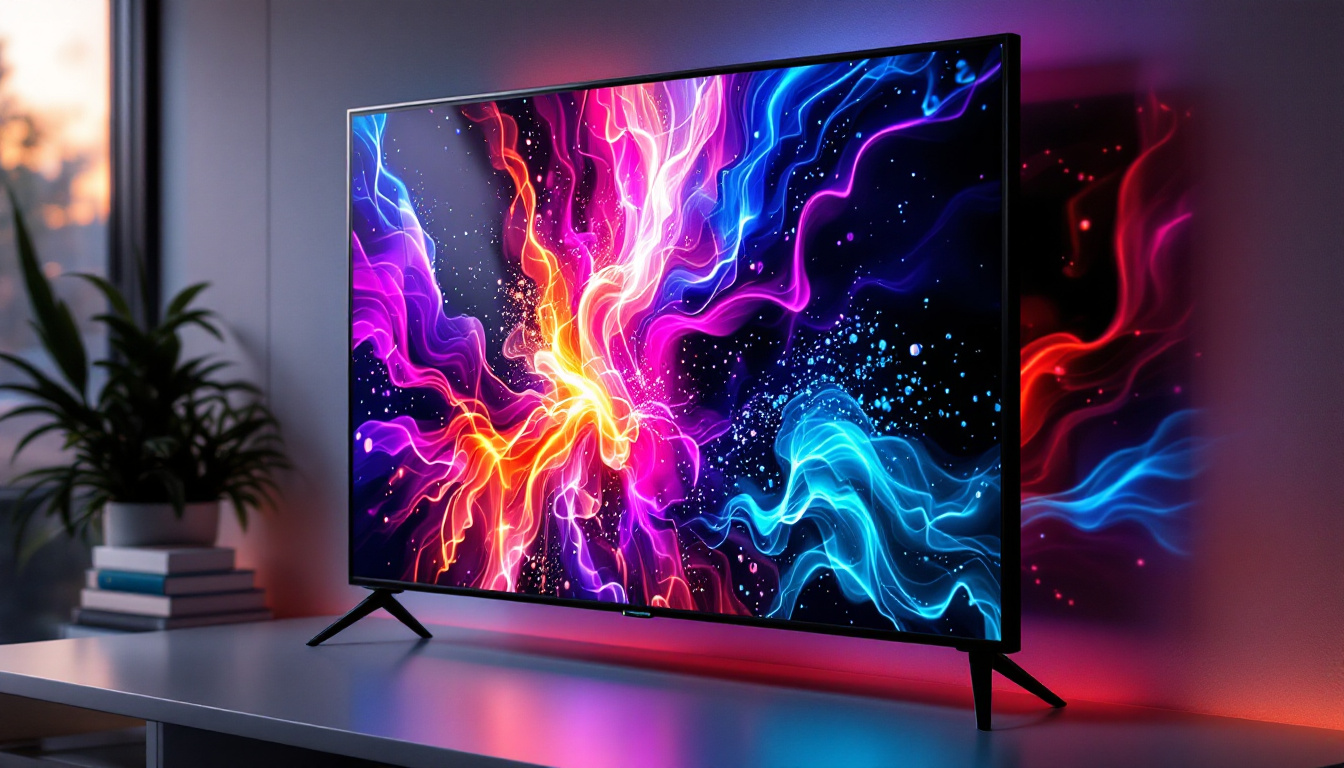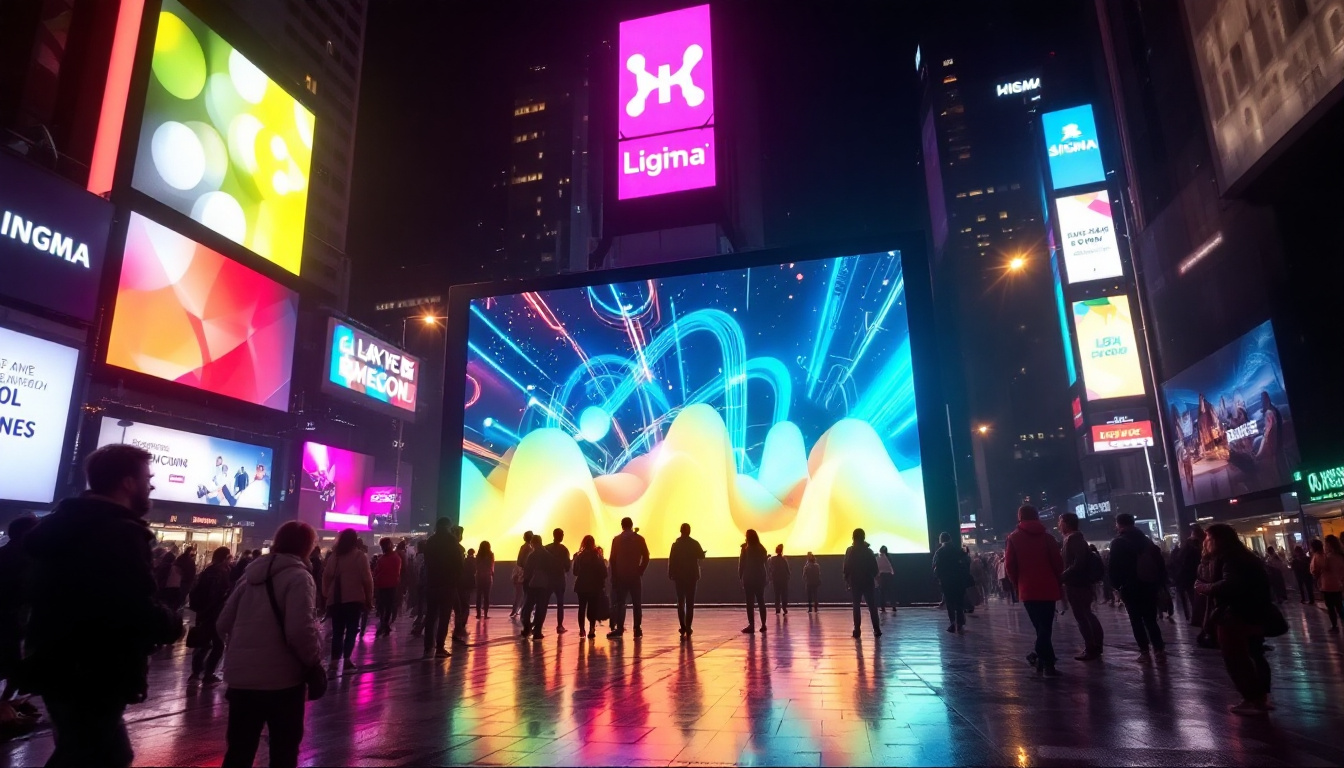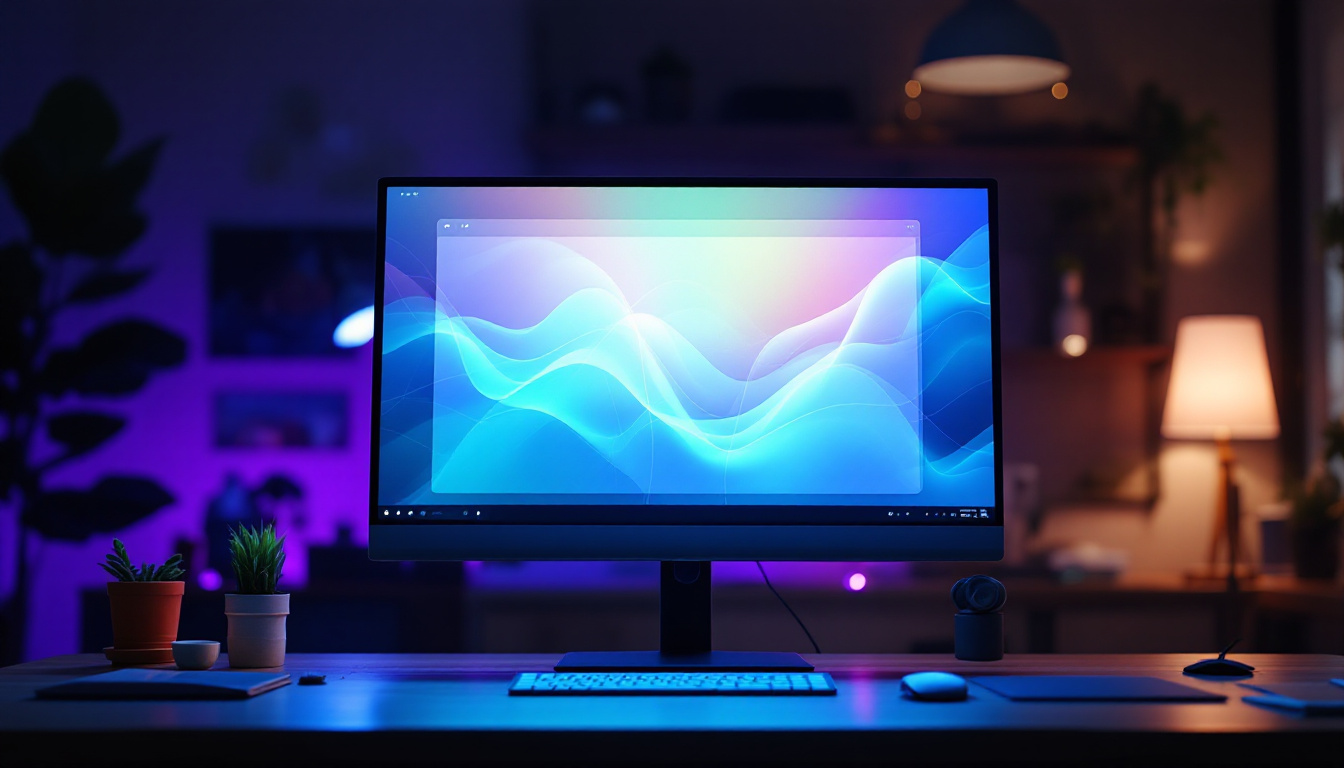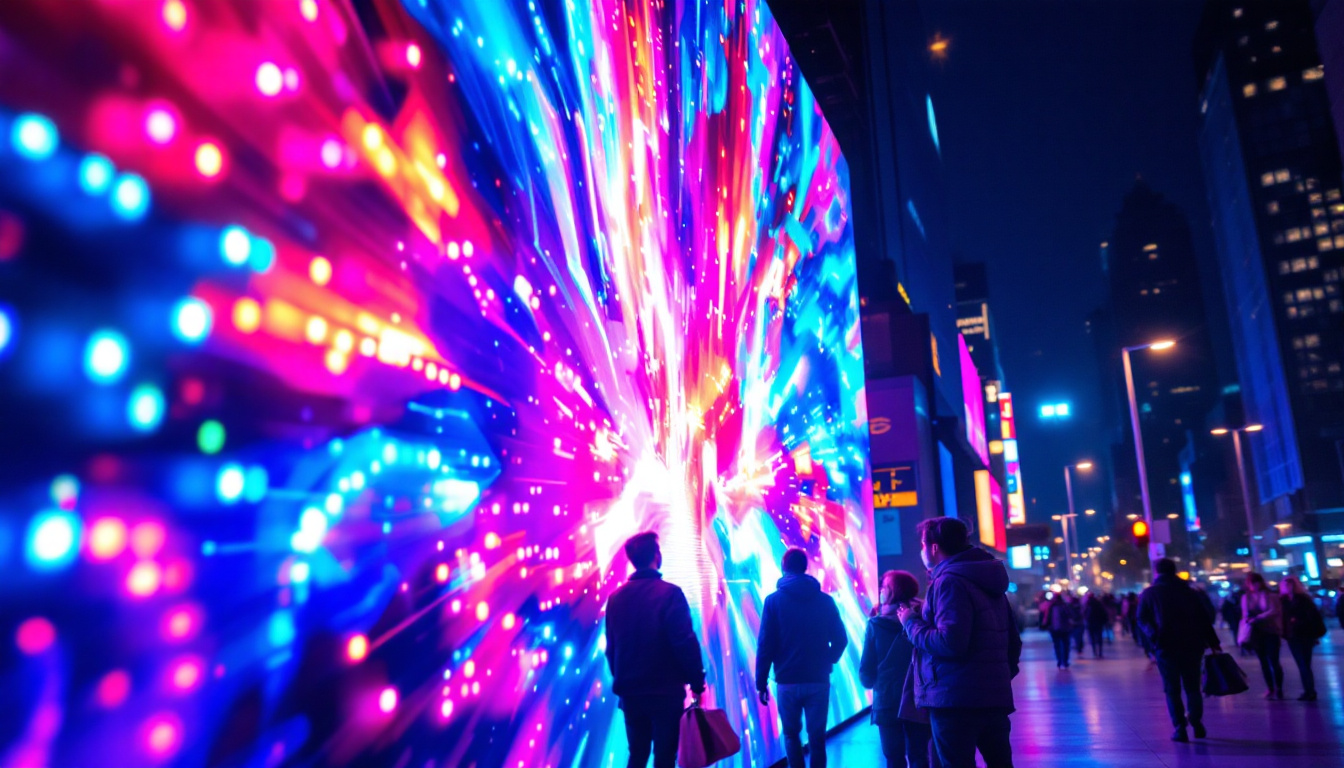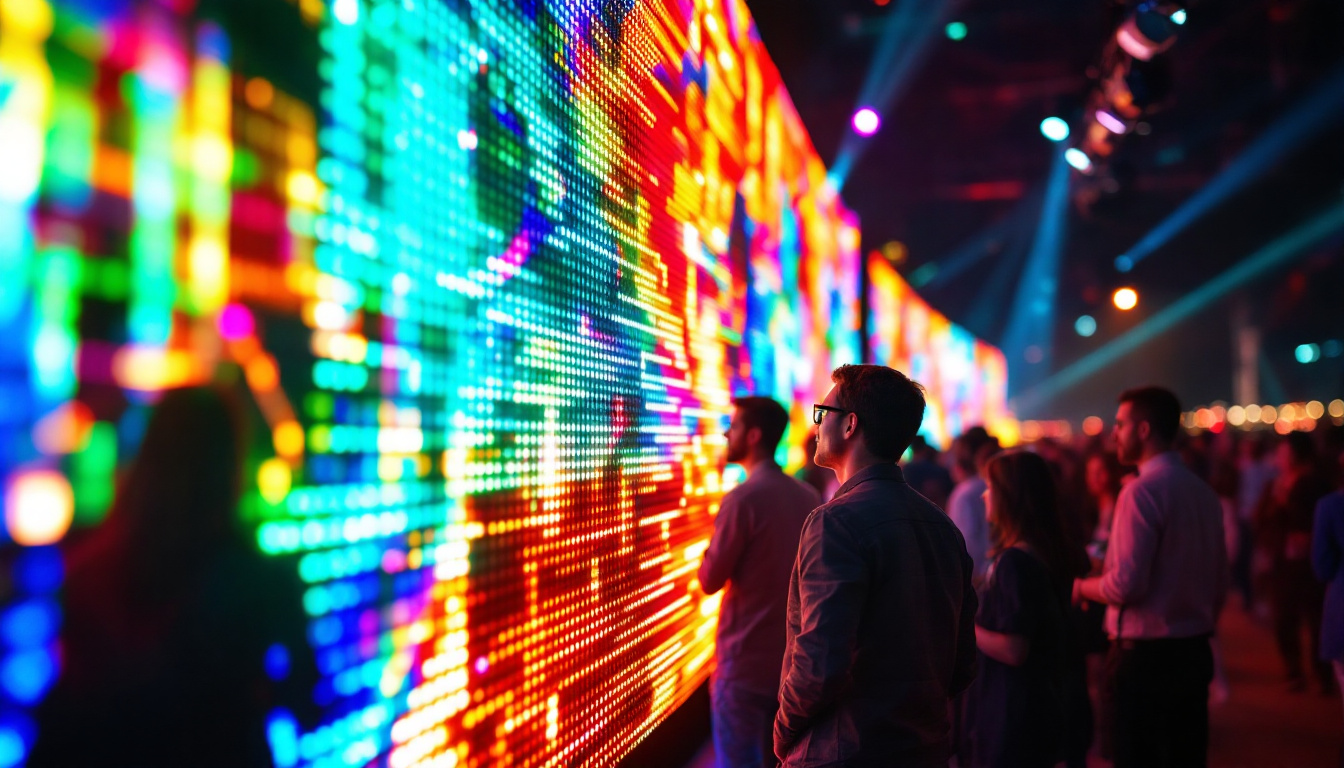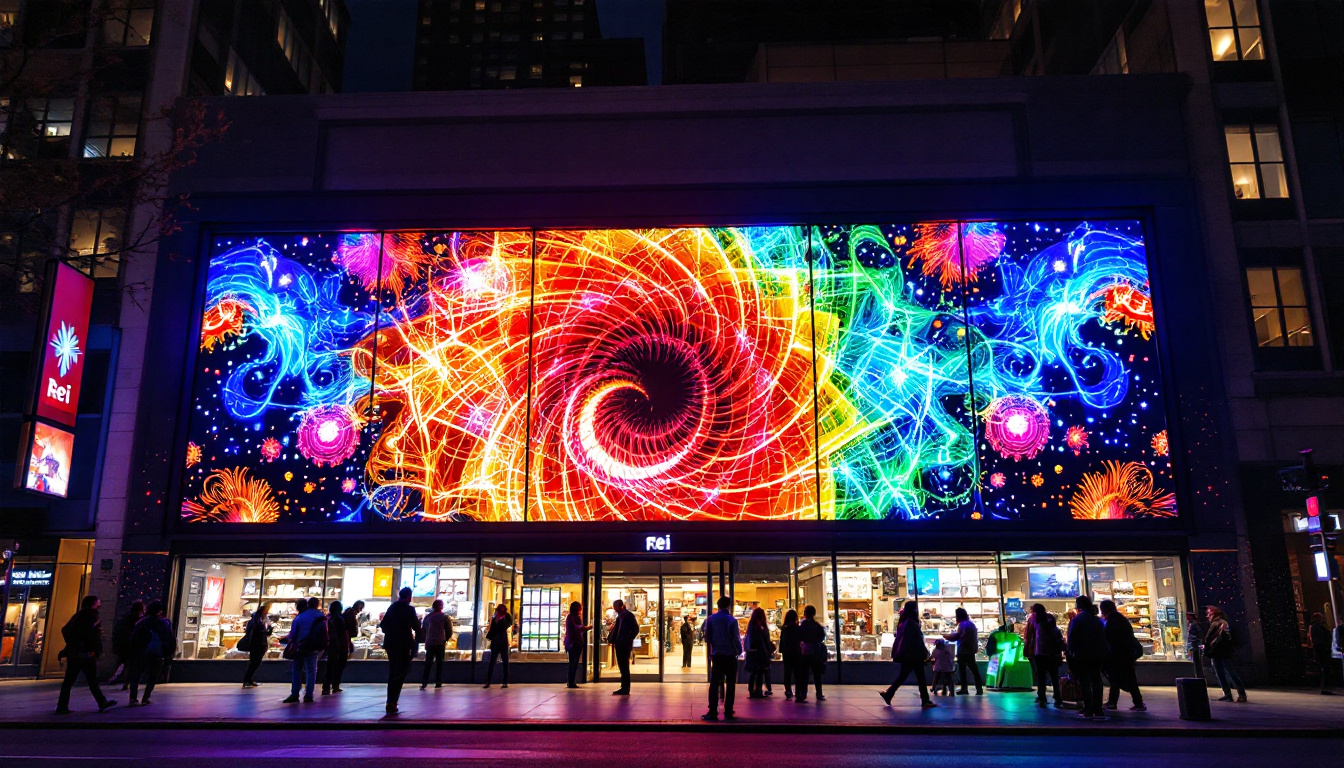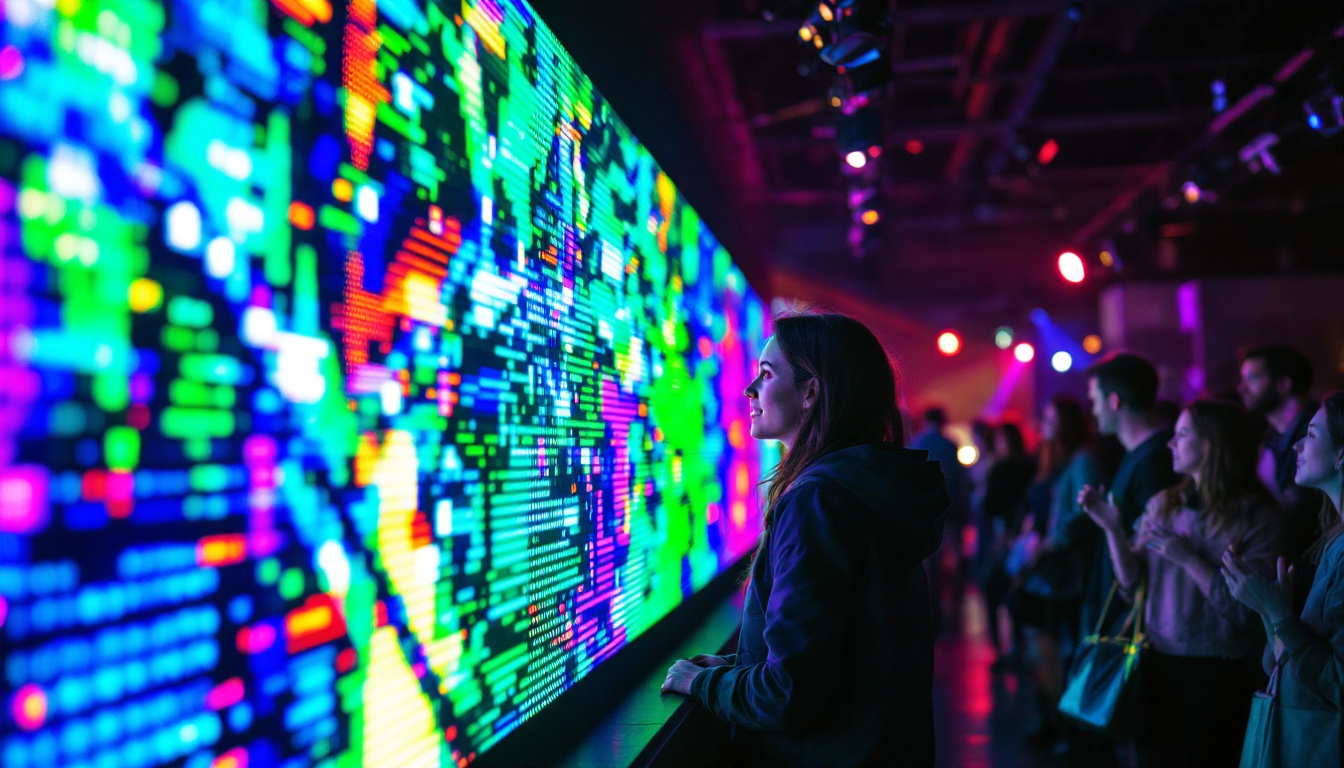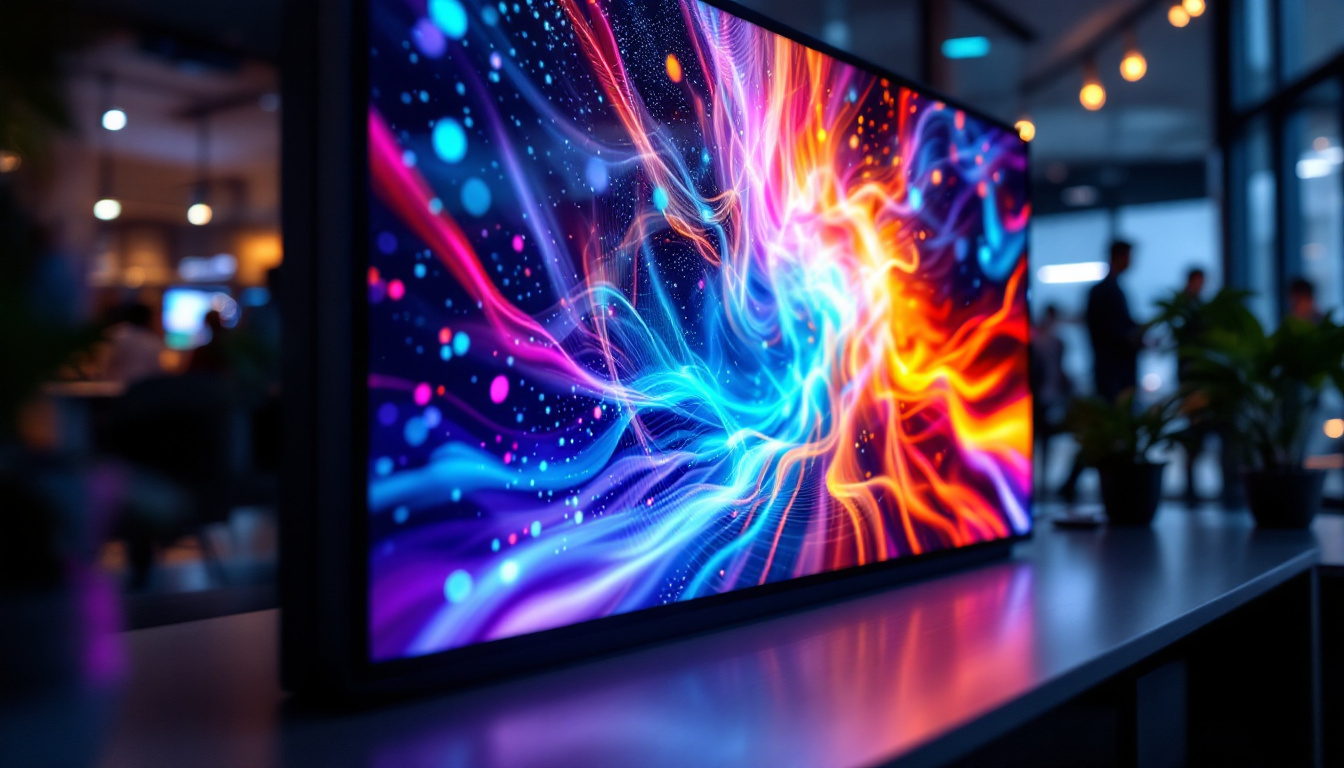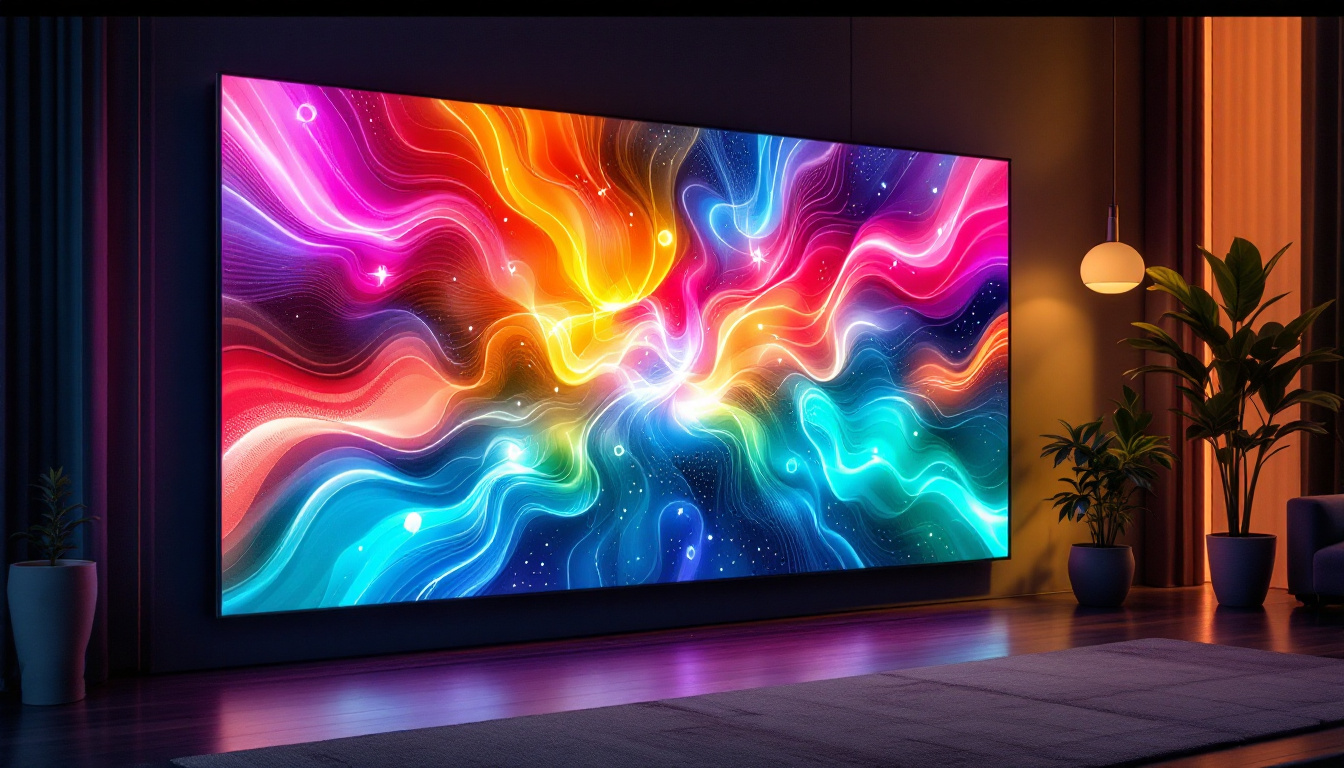In the realm of video production, the importance of a well-equipped studio cannot be overstated. Among the various elements that contribute to a successful shoot, LED displays have emerged as a game-changer. This article delves into the intricacies of LED displays in video shoot studio rentals, exploring their advantages, applications, and considerations for effective use.
Understanding LED Displays
LED displays, or Light Emitting Diode displays, are a type of flat panel display technology that utilizes LEDs to produce images. They are known for their vibrant colors, high brightness, and energy efficiency, making them an ideal choice for video production studios. The technology has evolved significantly, offering various configurations and sizes that cater to different production needs. In addition to their visual appeal, LED displays are also highly durable and can withstand the rigors of frequent transportation and setup, which is essential in the fast-paced world of video production.
Types of LED Displays
There are several types of LED displays used in video production, each designed for specific applications. The most common types include:
- Direct View LED Displays: These displays are composed of individual LED modules that can be arranged to create large screens. They are often used for backdrops in video shoots, providing a dynamic visual element. Their modular nature allows for easy repairs and upgrades, ensuring longevity and adaptability in various production scenarios.
- LED Video Walls: Comprising multiple smaller LED panels, video walls can be customized to any size and shape. They offer high resolution and can display a variety of content simultaneously. This flexibility makes them particularly popular for live events, concerts, and exhibitions, where engaging visuals are crucial for audience interaction.
- Flexible LED Displays: These are bendable and can be shaped to fit unique spaces or designs. They are particularly useful for creative projects that require non-traditional display formats. Their ability to conform to different surfaces opens up new possibilities for artistic expression in video production, allowing for innovative and immersive experiences.
How LED Displays Work
LED displays operate by illuminating tiny diodes in various colors to create images. Each pixel is made up of red, green, and blue (RGB) diodes, which combine to produce a full spectrum of colors. The brightness and clarity of the display are determined by the quality of the LEDs and the resolution of the screen. Modern LED displays can achieve impressive levels of brightness, making them suitable for both indoor and outdoor environments. Moreover, advancements in technology have led to the development of HDR (High Dynamic Range) capabilities, which enhance the contrast and color accuracy, resulting in stunning visuals that captivate viewers.
Additionally, LED displays are often equipped with advanced processing technologies that optimize image quality and reduce latency, which is particularly important in live broadcasting and event production. The integration of smart technology allows for real-time content management and seamless transitions between different media types, ensuring that producers can deliver a polished and professional presentation. As the demand for high-quality visual content continues to grow, LED displays are becoming an indispensable tool in the arsenal of video production professionals.
Benefits of Using LED Displays in Video Productions
Incorporating LED displays into video shoots offers numerous benefits that enhance both the production process and the final output. Here are some of the key advantages:
High Visual Impact
One of the most significant advantages of LED displays is their ability to create stunning visuals. The brightness and color accuracy of LED technology ensure that images stand out, capturing the audience’s attention. This is particularly important in video production, where visual storytelling plays a crucial role in conveying messages effectively.
Versatility and Flexibility
LED displays are incredibly versatile, allowing for a wide range of applications. Whether used as a backdrop, for live streaming, or to display graphics and animations, they can adapt to various production needs. Their flexibility also extends to installation; they can be mounted on walls, suspended from ceilings, or even used in unconventional formats.
Cost-Effectiveness
While the initial investment in LED technology can be substantial, the long-term cost savings are noteworthy. LED displays consume less power compared to traditional lighting and projection systems, resulting in lower energy bills. Additionally, their durability means reduced maintenance and replacement costs over time, making them a wise investment for production studios.
Applications of LED Displays in Video Shoot Studios
The applications of LED displays in video production are vast and varied. From enhancing the visual experience to streamlining the production process, these displays serve multiple purposes.
Live Event Broadcasting
LED displays are commonly used in live event broadcasting, where real-time visuals are essential. They can display live feeds, graphics, and branding elements, creating an immersive experience for both the audience and viewers at home. Their high brightness ensures visibility even in well-lit environments, making them ideal for outdoor events.
Virtual Sets and Augmented Reality
Incorporating LED displays into virtual sets has revolutionized the way productions are conducted. By using LED screens as backgrounds, filmmakers can create realistic environments without the need for extensive physical sets. This technology also supports augmented reality (AR), allowing for interactive elements that enhance storytelling.
Promotional Content and Advertising
Studios often use LED displays to showcase promotional content and advertisements during video shoots. This not only adds a professional touch but also allows for dynamic content changes on the fly. The ability to display high-quality visuals enhances the overall production value and engages viewers effectively.
Considerations for Choosing LED Displays
When selecting LED displays for a video shoot studio rental, several factors must be considered to ensure optimal performance and suitability for specific projects.
Resolution and Pixel Pitch
The resolution of an LED display is crucial for achieving clear and detailed images. Pixel pitch, which refers to the distance between the centers of two adjacent pixels, plays a significant role in determining the display’s resolution. A smaller pixel pitch results in higher resolution, making it ideal for close-up shots. Conversely, a larger pixel pitch may suffice for displays viewed from a distance.
Brightness and Contrast Ratio
Brightness is another vital factor in LED displays. The brightness level should be appropriate for the shooting environment to ensure that visuals are clear and vibrant. Additionally, the contrast ratio, which measures the difference between the darkest and lightest parts of an image, affects the overall visual quality. A higher contrast ratio results in more dynamic and engaging visuals.
Size and Configuration
The size and configuration of the LED display should align with the studio’s space and production requirements. Larger displays can create a more immersive experience, while smaller displays may be suitable for specific applications. Custom configurations, such as curved or modular displays, can also enhance creative possibilities.
Best Practices for Using LED Displays in Video Production
To maximize the benefits of LED displays in video production, following best practices is essential. These practices ensure that the technology is used effectively and contributes positively to the overall production quality.
Pre-Production Planning
Thorough pre-production planning is crucial when integrating LED displays into a video shoot. This includes determining the type of content to be displayed, the desired visual effects, and how the LED display will interact with other elements in the scene. Clear communication among the production team is vital to ensure that everyone is on the same page regarding the use of LED technology.
Lighting Considerations
Lighting plays a significant role in how LED displays are perceived on camera. Proper lighting techniques should be employed to avoid glare and reflections that can detract from the visuals. Additionally, balancing the ambient light in the studio with the brightness of the LED display can enhance the overall visual quality.
Content Preparation
The content displayed on LED screens should be prepared with care. High-resolution graphics and videos should be used to ensure clarity and detail. Moreover, animations and transitions should be designed to complement the overall aesthetic of the production, creating a cohesive visual experience.
The Future of LED Displays in Video Production
The future of LED displays in video production looks promising, with ongoing advancements in technology and applications. As the demand for high-quality visuals continues to grow, LED displays are expected to evolve further, offering even more innovative solutions for filmmakers and production studios.
Integration with Emerging Technologies
As technologies like virtual reality (VR) and augmented reality (AR) gain traction, LED displays will play a pivotal role in these developments. The ability to create immersive environments and interactive experiences will enhance storytelling and audience engagement, making LED displays an integral part of future productions.
Enhanced Customization Options
Future advancements are likely to bring enhanced customization options for LED displays. This could include more flexible configurations, improved resolution capabilities, and interactive features that allow for real-time content changes. Such innovations will empower filmmakers to push the boundaries of creativity and visual storytelling.
Sustainability and Efficiency
With a growing emphasis on sustainability in the production industry, LED displays are expected to become even more energy-efficient and environmentally friendly. Innovations in materials and manufacturing processes may lead to displays that consume less power and have a lower carbon footprint, aligning with the industry’s shift towards greener practices.
Conclusion
LED displays have transformed the landscape of video production, offering unparalleled visual quality, versatility, and cost-effectiveness. As studios continue to embrace this technology, understanding its benefits, applications, and best practices becomes essential for maximizing its potential. With the future promising even more advancements, LED displays will undoubtedly remain a cornerstone of innovative video production.
For those considering video shoot studio rentals, investing in LED display technology is not just a trend but a strategic decision that can elevate the quality of productions and enhance viewer engagement. Embracing this technology ensures that studios remain competitive in an ever-evolving industry.
Discover LumenMatrix’s Innovative LED Solutions
Ready to take your video production to the next level? Explore LumenMatrix’s comprehensive range of LED display modules, designed to bring your creative vision to life with unparalleled clarity and impact. From Indoor and Outdoor LED Wall Displays to specialized solutions like Vehicle LED Displays, LED Sports Displays, and even Custom LED configurations, LumenMatrix is at the forefront of transforming visual experiences. Elevate your brand visibility and audience engagement with our cutting-edge technology. Check out LumenMatrix LED Display Solutions today and see the difference innovation can make.

